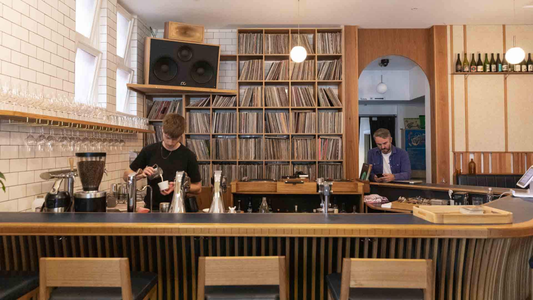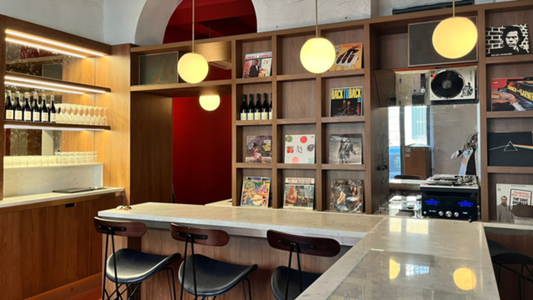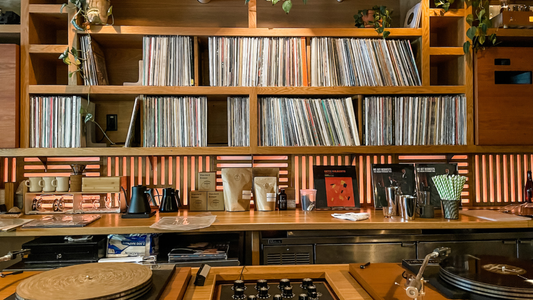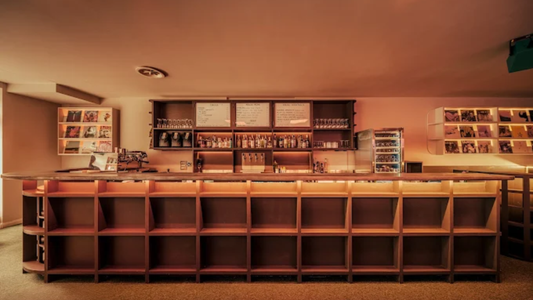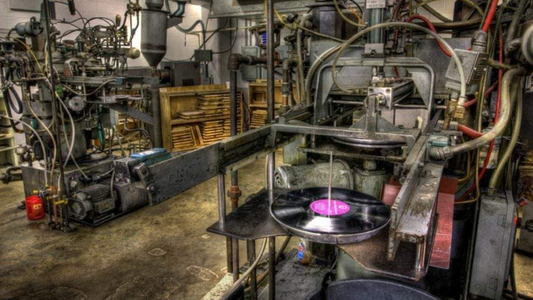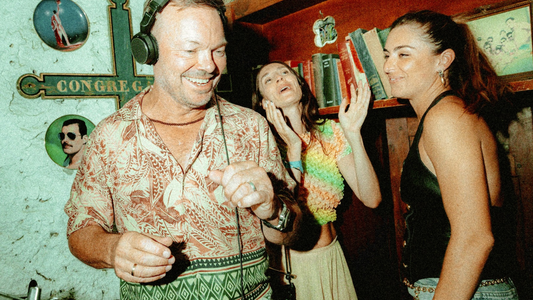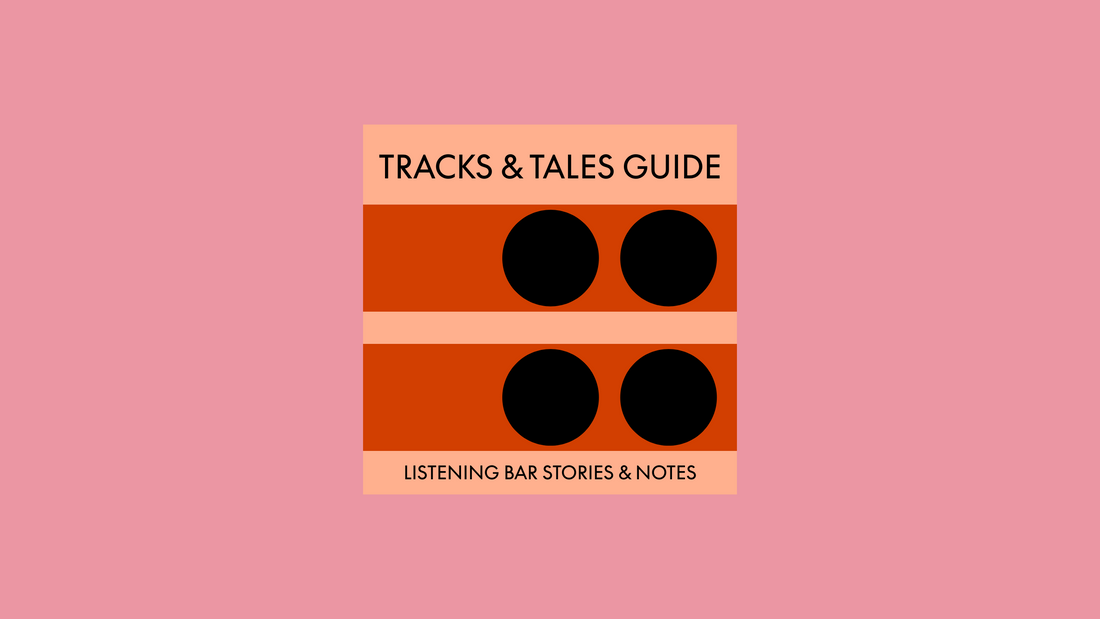
Why Do Listening Bars Often Focus on Jazz Records?
Tracing the deep bond between jazz, fidelity, and the art of attentive listening.
By Rafi Mercer
Drop the needle in almost any listening bar and chances are the first sound you’ll hear is jazz. A brushed snare, a horn warming the air, the elasticity of a bass line that seems to settle the whole room. It feels natural, inevitable even — as though these bars were built for jazz, and jazz for them.
The pairing isn’t accidental. Jazz and listening bars grew up together, each shaping the other. In Tokyo of the 1950s, where the culture first took root, imported jazz records were prized treasures. Kissaten owners collected them obsessively, built sound systems around them, and invited patrons to sit in reverent quiet as whole albums unfolded. Jazz became the language of fidelity, the proof that sound could carry emotion, complexity, and atmosphere in equal measure.
Why jazz became the soundtrack of listening bars:
- Dynamic range — from whispers to crescendos, jazz reveals the full capability of hi-fi systems.
- Acoustic detail — instruments recorded with intimacy reward attentive ears.
- Album culture — jazz artists often shaped records as journeys, not just singles.
- Historical roots — Tokyo’s jazz kissaten built their collections around imported jazz LPs.
- Mood setting — jazz holds a balance between energy and calm, perfect for shared listening.
There’s also something about jazz’s geometry that suits the architecture of these rooms. The improvisation, the tension and release, the interplay between musicians — all come alive when every nuance is audible. A muted trumpet feels like it’s played in the next chair. A piano’s resonance blooms into the space. The act of listening becomes not passive but participatory, as though you’re inside the music’s unfolding.
Other genres appear, of course. Soul, ambient, reggae, electronica — all have their place in modern listening bars. London might serve a Curtis Mayfield album alongside a Japanese whisky highball. Berlin might stretch into minimal techno. Paris might lean towards chanson and rare groove. But jazz remains the foundation, the gravitational pull.
Part of the reason is cultural memory. Jazz was the first music many people heard in true high fidelity. In the 1950s and 60s, it was jazz records that audiophiles used to test turntables, amplifiers, and speakers. The kissaten were not simply places to drink; they were temples of sound, and jazz was the liturgy.
So when you walk into a listening bar today and hear a saxophone phrase slip through the air, you’re hearing more than just a record. You’re hearing the continuation of a tradition: the music that first taught people to sit still, close their eyes, and let sound re-shape the night.
Quick Questions
Why do listening bars often play jazz?
Because jazz highlights fidelity, dynamics, and detail — the qualities that listening bars are designed to showcase.
Do listening bars only play jazz?
No, but jazz is the foundation. Soul, electronic, reggae, and ambient records also feature widely.
Is jazz just tradition, or does it still matter now?
Both. Jazz began the listening culture in Tokyo’s kissaten and still offers unmatched depth for attentive listening today.
Rafi Mercer writes about the spaces where music matters. For more stories from Tracks & Tales, subscribe, or click here to read more.
